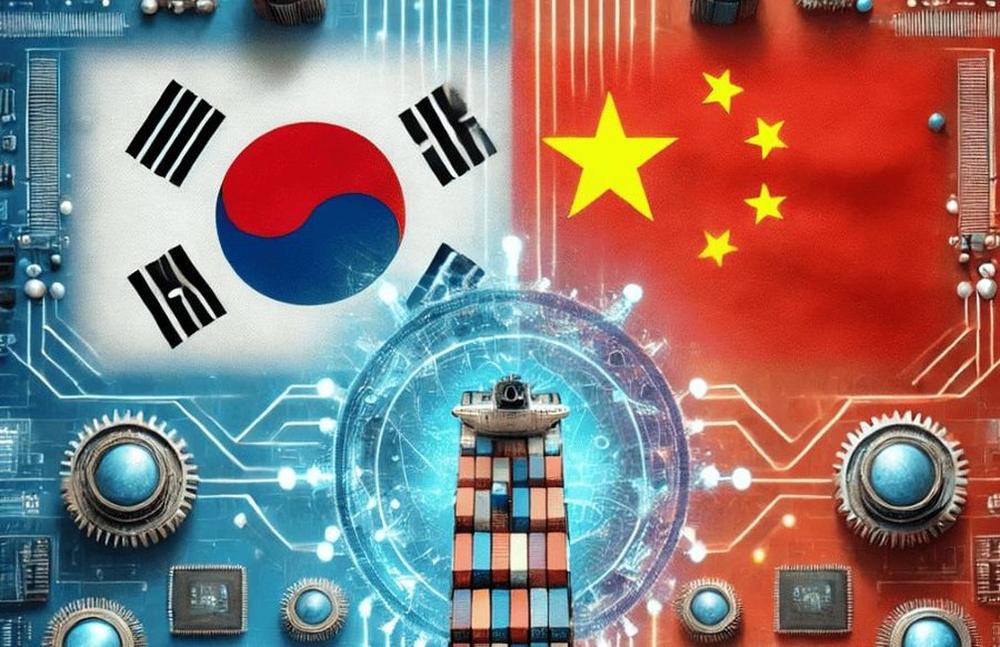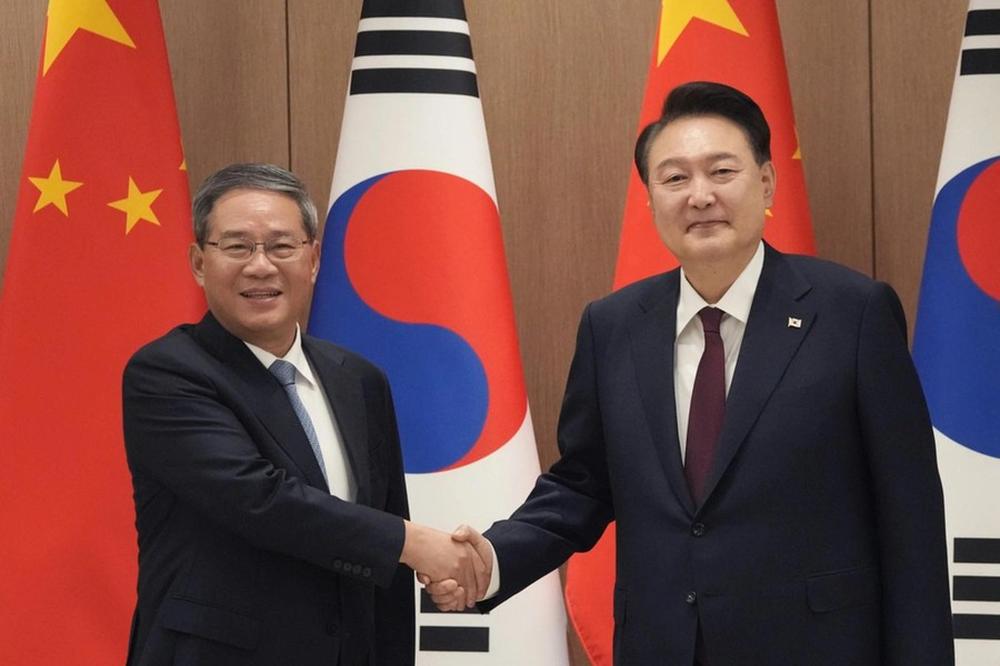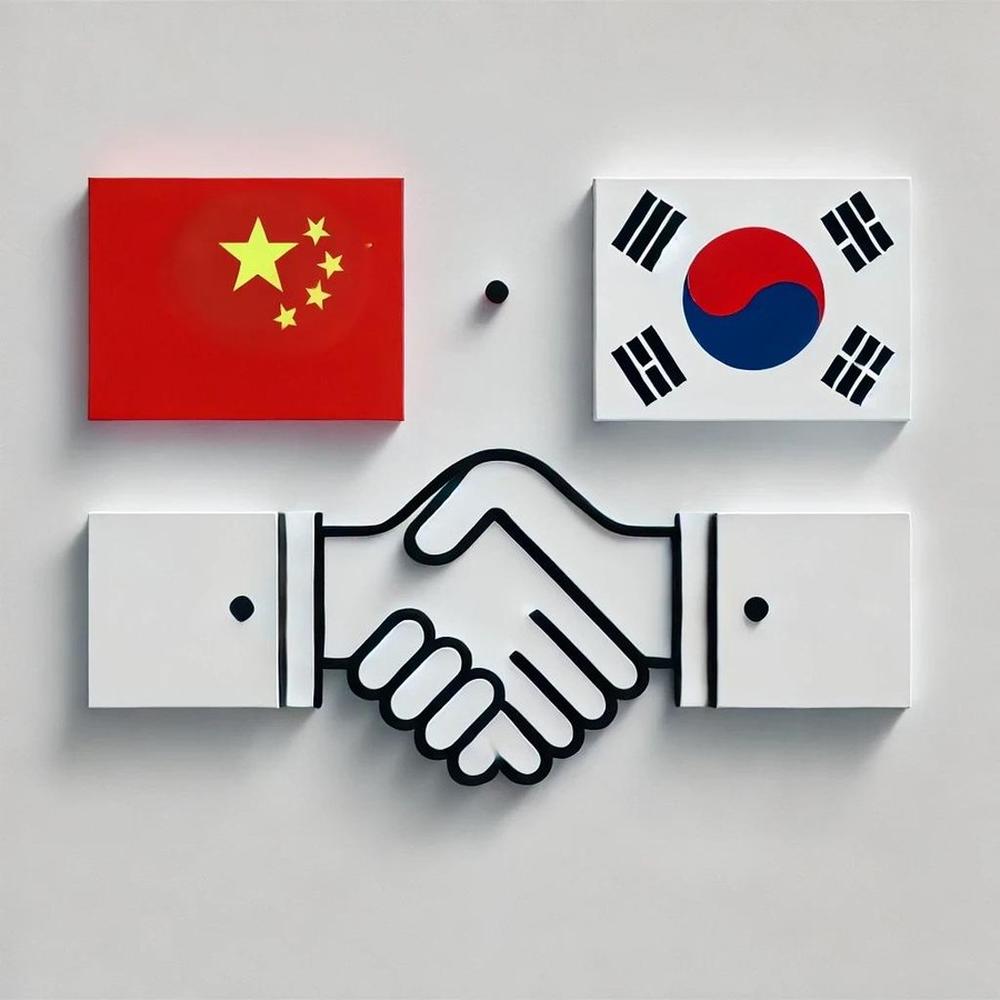- #China
- #Economy & Trade
- #US Foreign Policy

►China’s long-term objective will remain to achieve technological self-reliance as much as possible, and for this it is now planning to accelerate the reduction of self-dependence on technological products and services from the US, but also from allies of the US, including South Korea.
►Maintaining the balancing act the government has promoted until now does not appear feasible in the context of intensified trade and tech wars and related pressures.
►China’s foreign policy is increasingly holistic, in a world it sees through a polarized lens.
How will China face the renewed pressure from the US? While the scale and the nature of the pressure will be easier to evaluate after the Inauguration Day in late January 2025, it is already possible to anticipate China’s response: it will be marked by rigidity.
Rigidity in the sense that China will not be ready to make any compromise on what it considers its core interests, whose definition has been asserted in stronger and larger terms in recent years. Addressing Joe Biden at the Asia-Pacific Economic Cooperation (APEC) forum held on 15-16 November in Lima, Xi Jinping underlined that the “Taiwan question, democracy and human rights, China's path and system, and China's development right are four red lines for China, which must not be challenged or crossed.”
As he met outgoing President Joe Biden for the last time on this APEC forum, the Chinese President also said that he was ready to work with a 2nd Trump Administration for a "smooth transition" in bilateral ties. The transition may be smooth to some extent, but as soon as President Trump formally takes office, China will scrutinize its decisions in detail, first and foremost on trade issues. The president-elect has vowed to adopt blanket 60% tariffs on U.S. imports of Chinese goods as part of a package of "America First" trade measures. Beijing already opposes those steps, and will surely react strongly as soon as this decision is adopted, most likely through tit-for-tat retaliation affecting Chinese imports of US goods.
In addition to trade, no major inflections on technological tensions should be expected either: Trump will likely intensify pressure on Chinese technology, in line with Biden's steps to restrict U.S. investment in Chinese artificial intelligence, quantum computing and semiconductors, and export restrictions on high-end computer chips. The technological decoupling process will likely accelerate, even though it is likely to become increasingly costly for the Chinese economy in the short term. China’s long-term objective will remain to achieve technological self-reliance as much as possible, and for this it is now planning to accelerate the reduction of self-dependence on technological products and services from the US, but also from allies of the US, including South Korea.
To be sure, the US pressure on South Korea to align with its export control measures against China will still be maintained at high level. China’s dependence on advanced, High Bandwidth Memory chips from South Korean companies remains high to date as the local production is still lagging behind. But China’s market is unlikely to serve as a viable alternative in the long term: Beijing is doing all it can to become more self-reliant, even at a time the Chinese economy is facing severe difficulties. If it succeeds, state-supported Chinese tech companies could sooner than expected become serious and direct competitor of Korean companies.
The intensification of Sino-American trade tensions will also negatively affect South Korea’s economy. The South Korean and Chinese economy are still highly integrated, partly due to their relatively high level of complementarity and geographical proximity, and Seoul has interest in maintaining economic cooperation with both the US and China. But it will be increasingly difficult for Seoul not to prioritize one bilateral economic relation over another. Maintaining the balancing act the government has promoted until now does not appear feasible in the context of intensified trade and tech wars and related pressures.
In parallel, China’s diplomacy is likely to become hyperactive at multilateral level, trying to fill the potential void left by the US whenever possible. This has already been visible at the recent G20 summit held in Brazil (18-19 November 2024), which was the occasion for Beijing to underline its influence in Latin America, and is likely to be more visible in the coming months at the UN, BRICS and other multilateral platform China is heavily investing in. As it did during the Trump 1 presidency, China will play an opportunistic game, investing in any institutions the US may disinvest in, and playing ‘diving and rules’ whenever tensions may arise among Western allies.
For Beijing, the long-term objective remains to enlarge what it calls its 'circle of friends'—i.e., to consolidate a coalition of countries aligned with China’s positions, ultimately outnumbering and outperforming coalition dynamics among Western allies.
In any case, no major shift of China’s foreign policy orientations should be expected: China considers Russia a major, long term, strategic partner and a pillar of its coalition building strategy. It also considers North Korea, among other countries, as part of its ‘circle of friends’. It remains hard to assess how Beijing perceives the ongoing Moscow-Pyongyang rapprochement. In any case, the threat perceptions are clear in Beijing: China sees the US and allies as the primary threat, certainly not Russia nor North Korea. It is unlikely that China condemns the Russia-DPRK rapprochement, nor condemns DPRK’s role in the war in Ukraine at any point in time. Instead, there is more probability that China opts for a consolidation of its own bilateral ties with the DPRK in the coming months, and welcomes informal China-Russia-DPRK trilateral cooperation opportunities on an ad-hoc basis.
The world is becoming more polarized, but China’s foreign policy is also becoming more black-and-white, and more openly and rigidly “anti-Western.” In this context, Beijing will continue to perceive South Korea as part of the ‘hostile West’, and this whatever South Korea is doing, just by taking into consideration the existence of the US-ROK alliance. Whatever decisions Seoul take, China will never – under the presidency of Xi Jinping - consider the ROK as a natural member of its circle of friends. Beijing will opportunistically react on the evolution of the ROK-US relations under Trump 2.0, in two ways: 1) sanctioning Korean actors, including big conglomerates dependent on the Chinese market, in reaction to potential consolidation of the bilateral security partnership; 2) re-launching the charm offensive towards Seoul, occasionally, when tensions may arise between Washington and Seoul, with talks on the deepening of economic or technological cooperation.
But this charm offensive is likely to remain superficial, as the ROK-China relationship is now impossible to compartmentalize: it will be harder to reinforce economic or technological cooperation while acknowledging strong divergences on security issues - from Russia’s war in Ukraine and DPRK’s role in it, to the conflict in the Middle East. This is due to three different reasons:
First, because the ROK-China technological decoupling is not only consolidating under US pressure but also China’s self-reliance push.
Second, because China appears ready to pay the economic price of its geopolitical positioning. When an arbitrage has to be made between economic interests and (geo)political interests, the final CPC decision is always made in favor of the latter.
Lastly, and most of all, because China’s foreign policy is increasingly holistic, in a world it sees through a polarized lens.


